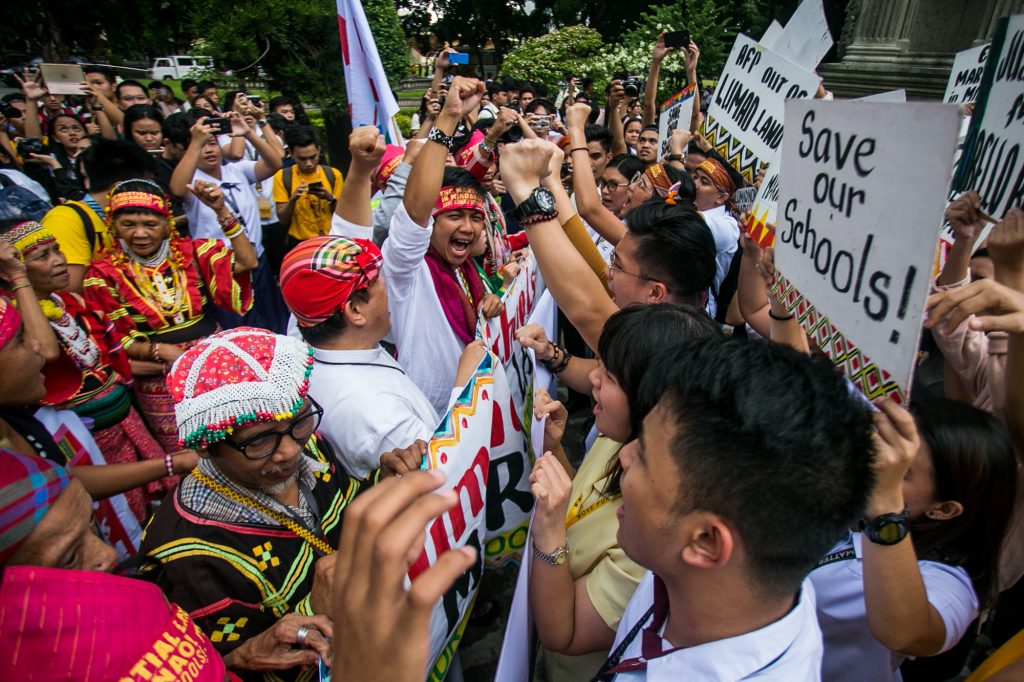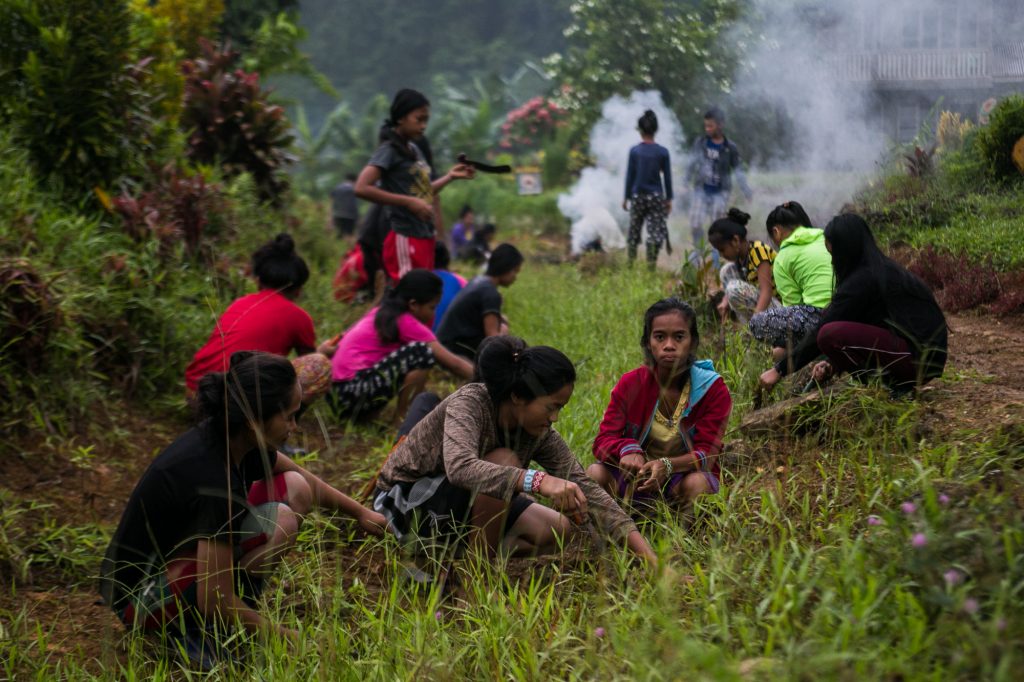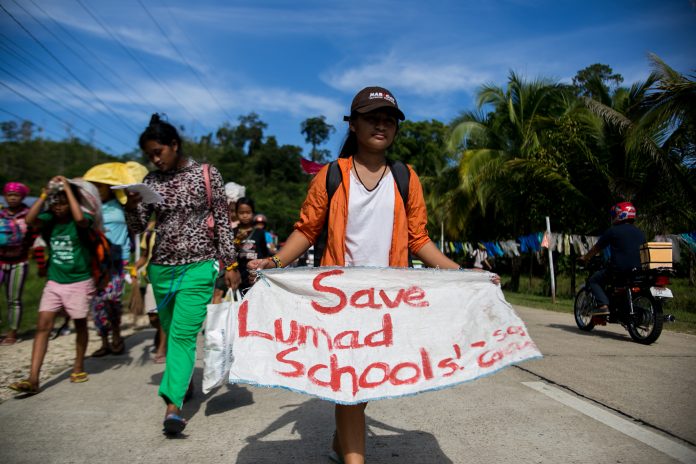As millions of school children in the Philippines get ready for the start of classes this month, about 5,000 tribal children in Mindanao are worried about where to continue their studies.
Authorities have earlier closed 176 of the 216 tribal schools in the southern Philippines while 40 more schools are also being threatened to be shut down for various reasons.
Rius Valle, spokesman of the Save Our Schools Network, condemned what he described as the continuing attacks on tribal schools even in the midst of the coronavirus pandemic.
“The government is trying to erase the entire indigenous knowledge, culture, and tradition in different tribal territories,” said Valle.
State security forces have accused tribal schools, which are mostly located in hinterland villages, as breeding grounds of communist guerrillas.
Valle said the closure of these schools amid the pandemic has become a “burden” for many tribal families who do not have the financial capabilities to send their children to study in the lowlands.
He said it is difficult for tribal students to study in a school that is not attuned to their culture and practices.
This school year, 14-year old Irene Bay-ao will become officially an “out-of-school youth” after the government shut down her school in October 2019.
The Education department denied the renewal of the permits to operate of 55 schools under the Salugpungan Tatanu Igkanugon Community Learning Center Inc.
The center has been accused by the government of teaching “subversive ideologies.”
The school closures stemmed from a complaint filed by National Security Adviser Hermogenes Esperon linking the schools to communist insurgents.
After the incident, Irene came to the capital Manila to join other displaced tribal students in appealing to the national government to stop the attacks on the tribal schools.
“I want to continue learning but without our community school, I can’t achieve that,” she said. “I was hoping that the government would listen but I don’t think they can hear us.”

Meanwhile, the coronavirus pandemic has forced the country’s educational system to adopt measures that will lessen face-to-face interactions to prevent the spread of the disease.
The Education department introduced “blended learning,” or the use of online teaching and other modular methods, to allow students and teachers to stay at home.
“If not for the government officials’ arrogance and ignorance, the country could have learned from tribal schools on how to handle this kind of situation,” said Valle.
He said that even before the pandemic, tribal schools have already established a system that could prevent the spread of any disease without disrupting the students’ daily school routine.
Tribal schools in Mindanao are “boarding schools” that allow students to stay inside the campus for the entire school year.
The schools also maintain an “agriculture-based curriculum,” which allows students and teachers to grow their own food.

In the province of Surigao, students of the secondary school Alternative Learning Center for Agriculture and Livelihood Development spend at least four hours daily on agriculture and farming.
Valle said tribal schools have a system that protects students and teachers from the lowland communities where infectious diseases normally originate.
“Have we heard of an indigenous community that suffered Covid-19 transmissions and recorded death due to the disease? None, right?” said Valle.
He said tribal communities, including the schools, have developed a “communal knowledge and practice” on how to arrest the problem.
Valle said indigenous peoples can survive a pandemic because their ancestral lands “provide everything that they need, including the protection from harmful elements from the lowlands.”
“The country can learn the proper ‘physical distancing’ from the indigenous peoples,” he said.
“We have been distancing ourselves from people and things that pose harm to us and to our ancestral lands,” said Valle.
Unfortunately for Valle and about 80 tribal students, they have to stay in Manila under lockdown.
“I came here with 80 tribal students. I do not want to go back to Mindanao with 80 out-of-school youth,” he said.
“We need the support of the public to put pressure on the government and allow tribal schools to open and serve the interest of the indigenous community,” said Valle.









